By Jean Trinh
“It starts from extremely smooth and it can go to really complex. It can be metallic, it can be harsh, it can be fruity, it can be nutty; it can even be salty and sweet,” Martin Riese says. As America’s only certified water sommelier, Riese often describes the nuanced flavor profiles of natural spring water as if they belonged to a fine bottle of merlot. Overseeing a serious H20 menu of 20 different options at Los Angeles’ Patina Restaurant, the German national is a water iconoclast of sorts. Where most people think of water as a mundane beverage, Riese finds luxury and complexity. A couple of years ago, it was Riese who was recruited by GQ Magazine to track down a $100,000 diamond-encrusted bottle of water for Thirst Influencers Diplo and 2Chainz.
Riese first discovered he had a thirst for water knowledge while vacationing with his parents as a young child. “This was, for me, mind-blowing that even tap water tasted differently from different cities in Europe,” Riese says. However, it wasn’t until 2005, while working at Berlin’s Michelin-starred restaurant, First Floor, that the light bulb clicked, thanks to a customer who asked him why they only served one brand of water but hundreds of wines. In his research, he contacted water producers to sample their beverages, did meticulous side-by-side taste tests, and conducted lots of online research. In 2009, he co-authored a book on water, and by 2010 became certified as a water sommelier by the German Mineral Water Trade Association.
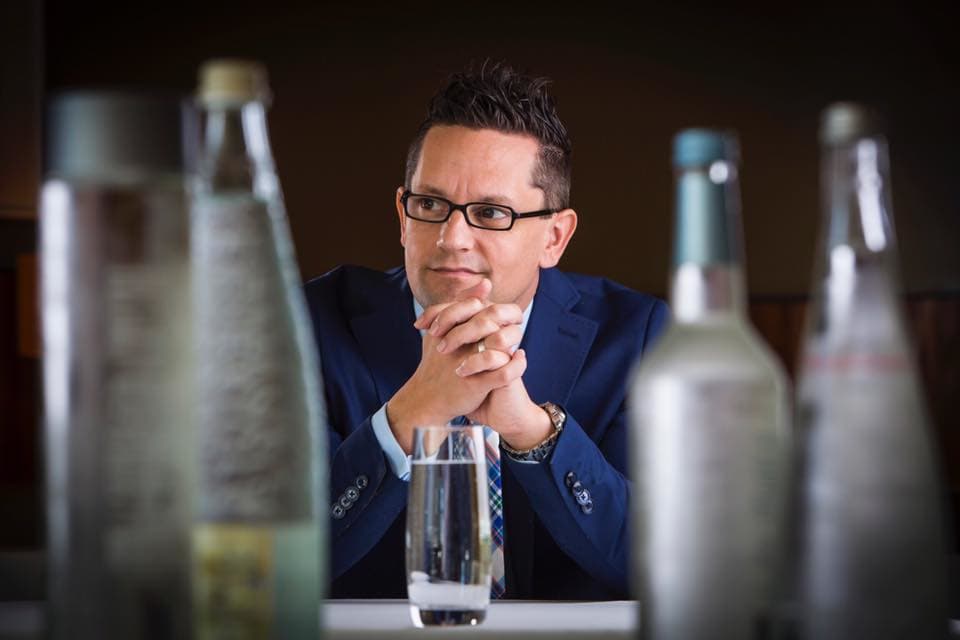 Image via Patina Restaurant Group
Image via Patina Restaurant Group
What were his findings? Flavor profiles, it turns out, will change depending on location, similarly to how wine is affected by terroir. Water is measured in TDS (total dissolved solids), or the amount of minerals it contains, Riese explains. Different combinations and amounts of magnesium, calcium, and potassium can affect the taste. For instance, glacier water tends to be smooth and fruity because they’re floating blocks of pure ice. On the other end of the spectrum, S.Pellegrino comes from natural springs that have made contact with underground rocks, thus causing it to taste a tad salty from the higher mineral content.
Throughout his career, Riese has sampled over 1,000 varieties of water from all over the world, making him a man of particular tastes. The melted result of a summertime harvest of a 15,000-year-old Canadian iceberg, Berg water, Riese will tell you, is as “extremely smooth on your palate, like literally, extremely, smooth.” If a restaurant only offers the kind of H20 he loathes, he’ll leave. At home, he chills his bottled water in a wine fridge set at 59 degrees Fahrenheit. And believe us, he’s not a fan of adding ice and lemon wedges to water.
With a palate like Riese’s, you won’t find him seeking out New York or L.A. tap. But, contrary to popular belief, he insists that there are times when tap is better than bottled spring. That’s not the only surprising #knowledgedart our country’s foremost water expert dropped on us. Here, Riese debunks 8 major myths behind our world’s most ubiquitous beverage.
Myth: All water mostly tastes the same.
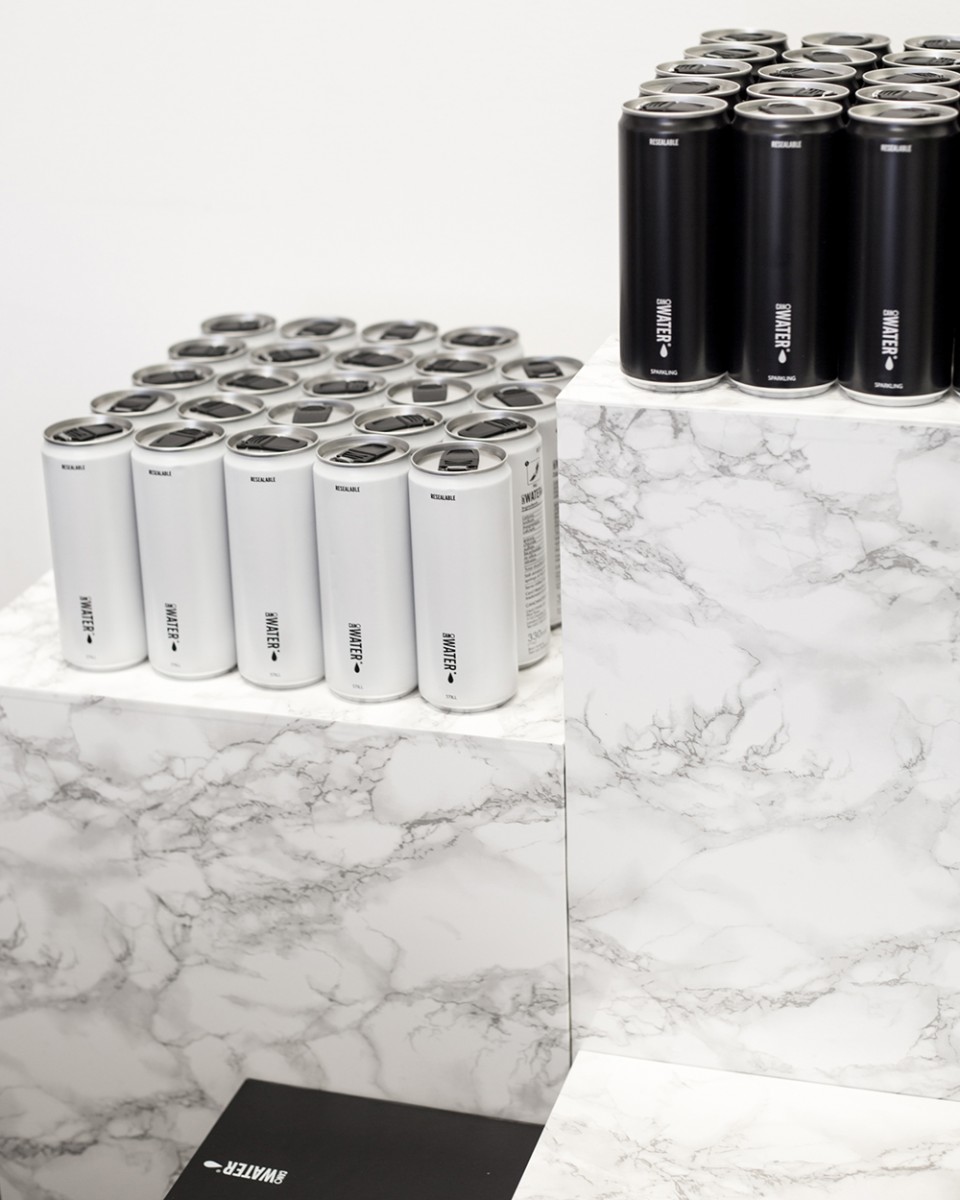
CanO Water, canned spring water from Austria
Riese says: “This is my big takeaway: all bottled waters are not the same. There are two huge differences that you can see right away on the label because [water producers] have to label it. When it says ‘purified water,’ that means it’s nothing more than municipal-sourced water; it’s filtered tap water [and they add] back a low level of electrolytes. The electrolytes, or TDS levels in general, are under 40. All the purified water companies are kind of the same because they’re all using the same ideas: distilling everything or filtering everything out and then putting little amounts of minerals [back in].
Then there’s spring water, which comes 100 percent from mother nature. Sometimes they add CO2, but that’s it. You can actually taste the difference between the mineral compositions. Every single spring water is completely different on this planet, and that’s a fun, cool thing. For example, Acqua Panna is a spring water, S.Pellegrino is a spring water, Badoit is a spring water, Evian is a spring water. [If you taste them side by side] suddenly, you’ll realize, ‘Oh my God, they all taste differently.’”
Myth: Carbonated water can leach calcium from your body and teeth.
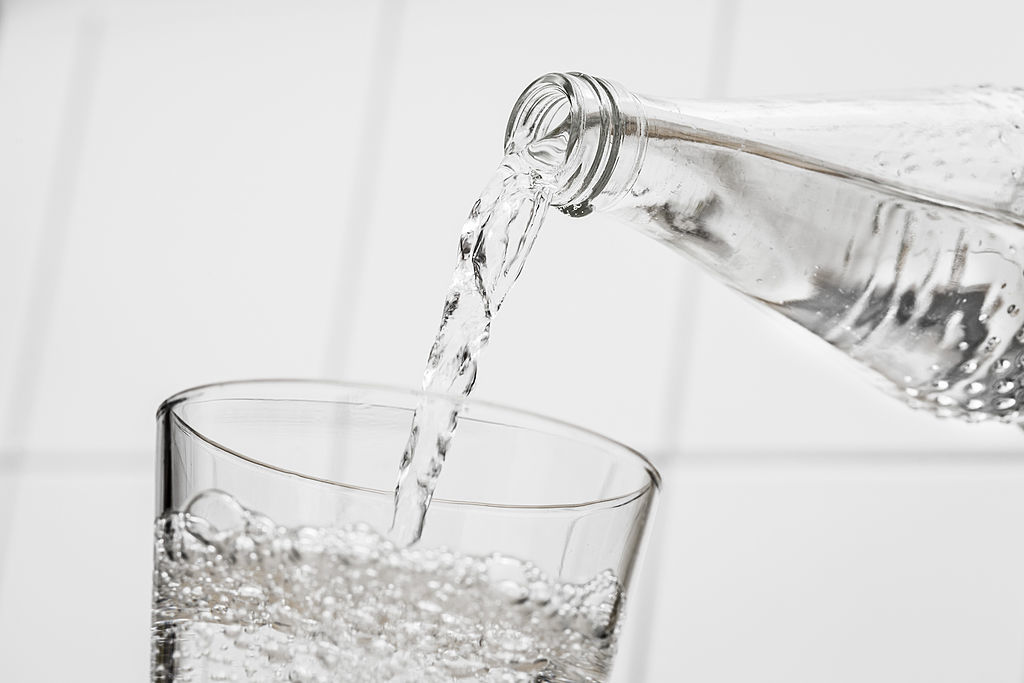
Riese says: “There have been studies that have been done by the Tufts University in 2006, and they found out that sparkling water has no impact whatsoever in [causing] lower calcium levels in bodies. What they found out is that cola kind of has that. They’re still questioning if it’s the caffeine in cola, or if it’s maybe some other product [that is dissolved in cola], but what they found out is that soda beverages can decrease your calcium level.”
Myth: The shape of your water glass doesn’t matter.
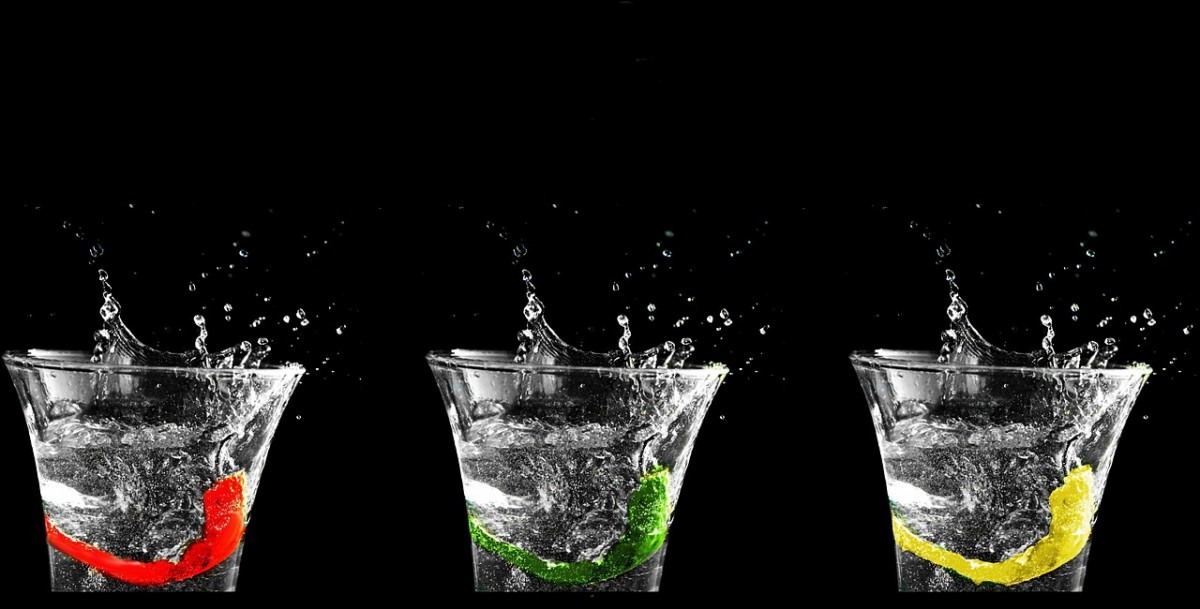
Riese says: “There are some waters that are highly carbonated and have an extremely high TDS (total dissolved solids) level, [meaning] they’re dissolved with a lot of minerals. [When you pour carbonated water into] a Bordeaux glass, [the shape of the glass] kind of acts like a funnel. As the glass gets narrower on top, it captures aromas and sends it up to your nose, so the carbonation level can also feel more intense. But for regular bottled water [that you find] in the grocery store, I don’t really see a big difference between using a tumbler or Bordeaux glass.”
Myth: Bottled spring water is better than tap water.
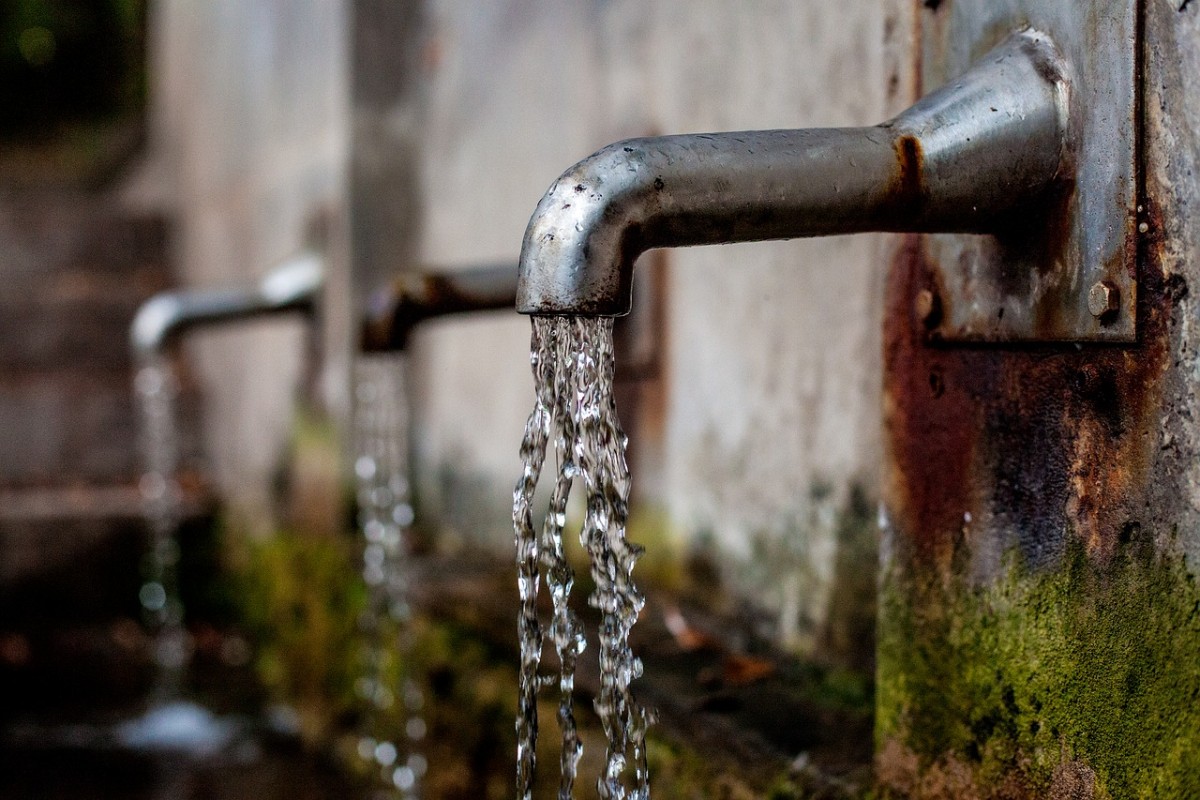
Riese says: “It depends where you live. For example, even in L.A., we have so many different tap water qualities. Downtown L.A. is totally different compared to Hollywood. There are some cities, like Munich in Germany or Flensburg in north Germany, [where] the tap water quality’s incredible. I would not buy a bottle of water at that moment [in Germany] just for hydration purposes because I think their tap water is just amazing. Good water to me means there aren’t any chemicals in it—no chlorine, no fluoride. Tap water in L.A., and even some bottled water brands, have chlorine—especially bottled purified water. ”
Myth: Charging over $20 for a bottle of water is ridiculous.
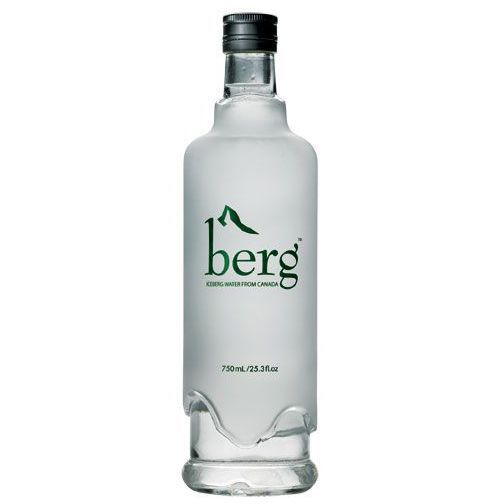
Riese says: “I totally understand some people would say they were raised on tap water, and that they never thought bottled water, or even water [period], could have value to them. When I started the water program here for the Patina Restaurant Group, our purchasing director said, ‘Martin, you will never ever sell a bottle for $20. America will never buy it.’ And I proved him completely wrong because I cannot even order it as fast as I’m selling. People are so intrigued about the history of this water and they really want to taste it. Berg, for instance, is only harvesting this iceberg in the summertime in Canada. During the country’s extremely cold winters, this water isn’t even accessible because the [carbonation] would pop the glass bottles. Berg is pulling these icebergs away and then diluting them very slowly. The bottle is so expensive because it’s very hard to harvest.”
Myth: Tap water is healthy to drink if you use a filtration system at home.
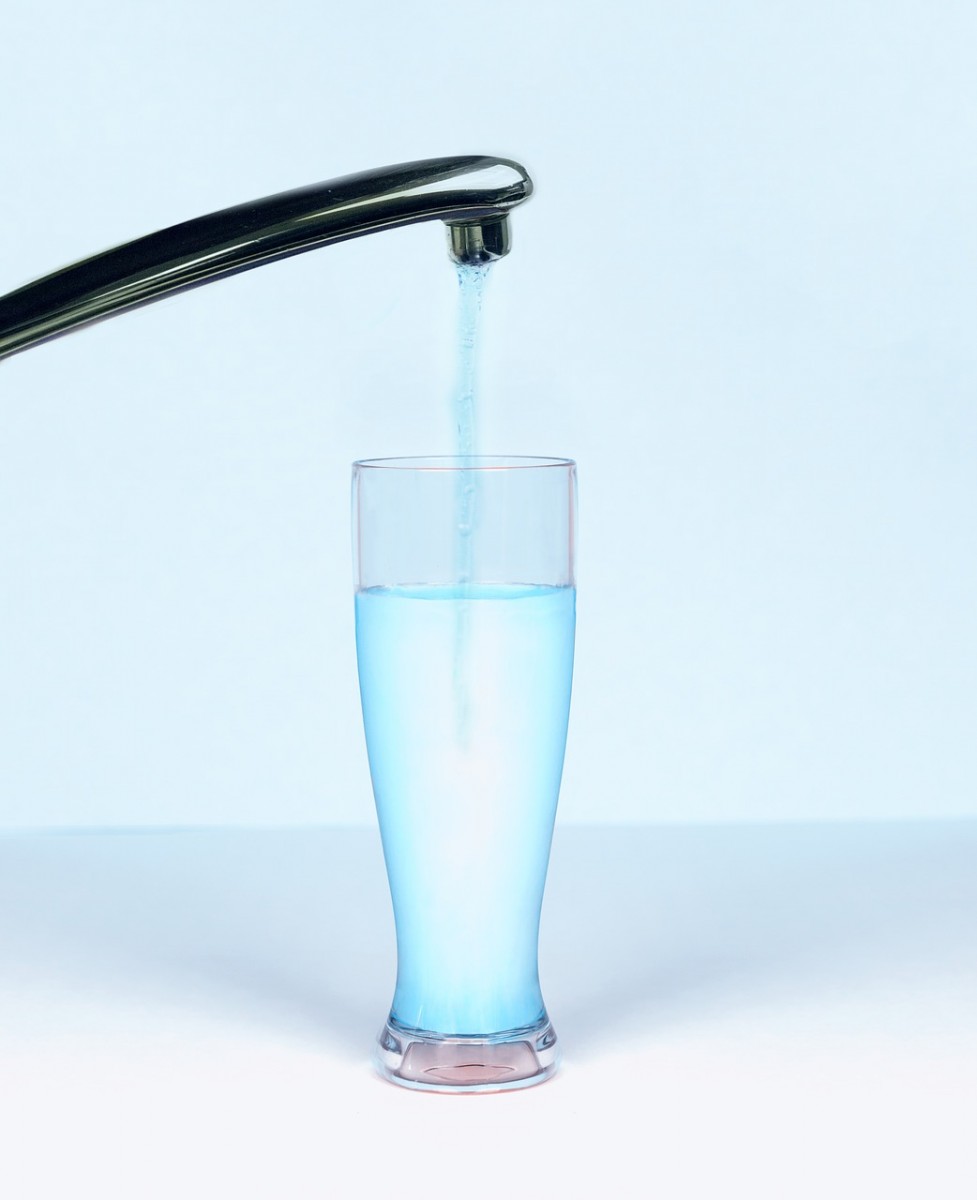
Riese says: “For drinking purposes, I totally understand why people buy filtration systems. But you should first look at your water quality and then buy the right filtration system based on that what you want to take out. Not every single filtration system is the same. You can go to grocery stores or Ebay to buy water-test kits to check for minerals like calcium, sodium, magnesium, or pH levels. But when it comes to [tracking] chemicals, it’s very hard to really know what’s in your water because you need to know beforehand what you’re looking for. That’s when you should talk to a professional.
Then you have to maintain the filtration system—and this is extremely important because a lot of people don’t do it. They think they can just buy a filtration system and they’re good to go, and then they’re fine for the next two or three years. So there’s a filter in there, and when the filter is completely filled up with stuff that means it’s actually contaminating the water because it will leach out the stuff it was trying to take out before.”
Myth: If you want to fight the drought in California, fight bottled/canned water.
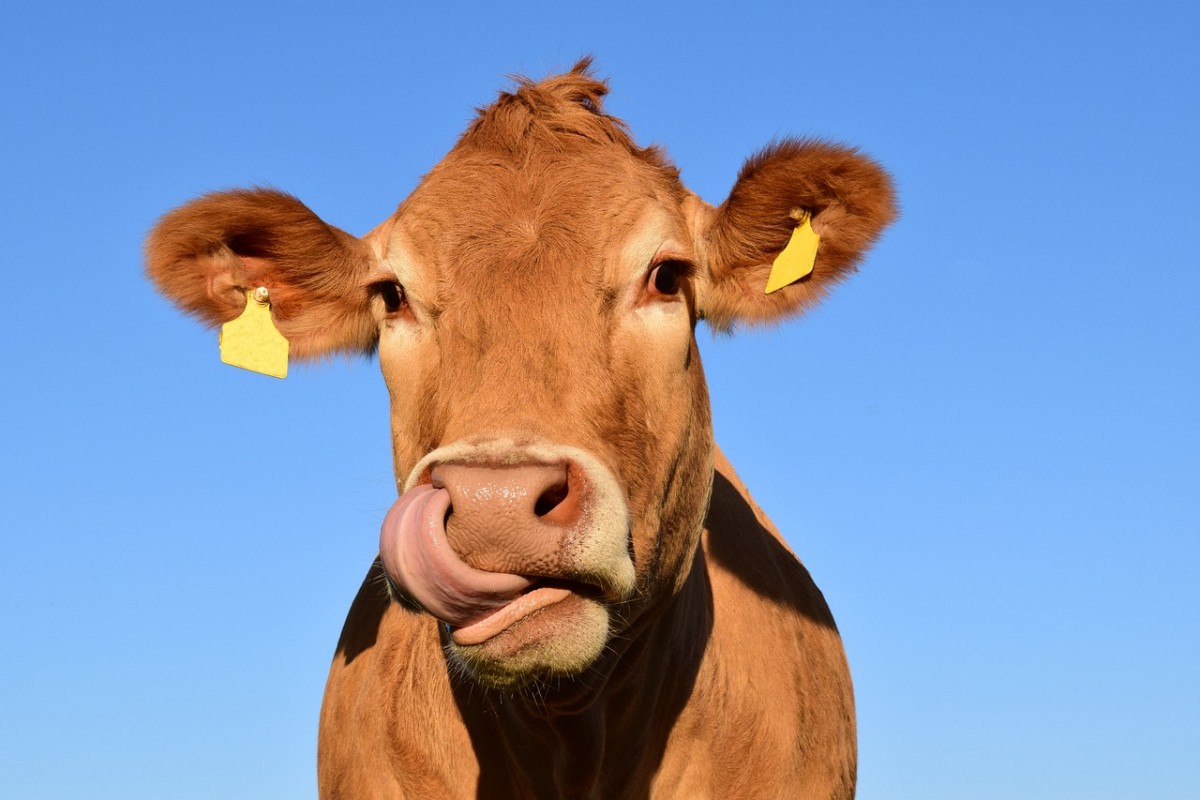
Riese says: “We’ve been living in the drought now for the past five years, and some companies were in big trouble because people were saying, ‘This is ridiculous. Companies are bottling California water in California and selling it, but we are in a drought. They shouldn’t be allowed to do this, they’re stealing it.’ So, first of all, they’re buying water from the Department of Water and Power when they’re making purified water, which you all know I’m not a big fan of. They’re not stealing anything here. Of all the water that was used last year here in California, how much impact [came from] bottled water? 0.02 percent. That’s barely anything. The biggest impact is farming—growing pistachios, growing almonds. They’re using indirect water. It’s mind blowing. I had one interview with Pacific Standard magazine and my last quote said when you want to fight the drought, don’t eat steaks anymore. The cows need to be fed, the cows need water, and all this adds up to [around 1,000] gallons for one steak.”
Myth: National parks protect us by banning bottled water.

Riese says: “Yosemite and some other national parks forbade [the sale of] bottled water. They think you should reuse the bottle and refill it with tap. [University of Vermont did a study] and found that this whole bottled-water ban is no good. So first of all, let’s face it: We’re all humans, we’re lazy. We will forget to bring our reusable bottle to a national park, and then we have to buy a bottled water. So when [national parks are] forbidding the sale of bottled water in vending machines but still selling sodas, you will suddenly buy a soda again. The study showed that nobody changed their habits of buying a bottled beverage in national parks. So the soda companies thought, Well, how cool is that? It’s nice to have that problem because we’re suddenly selling more sodas again. So right now in Yosemite, it’s OK to sell a harmful soda—we all know sodas are harmful for our bodies—but it’s not OK to sell a healthy beverage. It’s completely insane. It’s completely bizarre.”
Read it at First We Feast
Like this? 9 Myths About Alcohol Busted
Save
Save
Save
Save
Save
Save
Save
Save
Save
Save
Save
Save
Save



 Image via Patina Restaurant Group
Image via Patina Restaurant Group






You might be interested in...
OFFICE HANGOVER
How to Survive the Inevitable and Agonising Office Party Hangover...
HANGOVER HELL
What's Happening Inside Your Body During a Soul-Crushing Hangover.
FROM WASTE TO WASTED
Clever: Washed-up Coca-Cola labels Used for Sustainable Rum Labels.
OFFICE HANGOVER
HANGOVER HELL
FROM WASTE TO WASTED